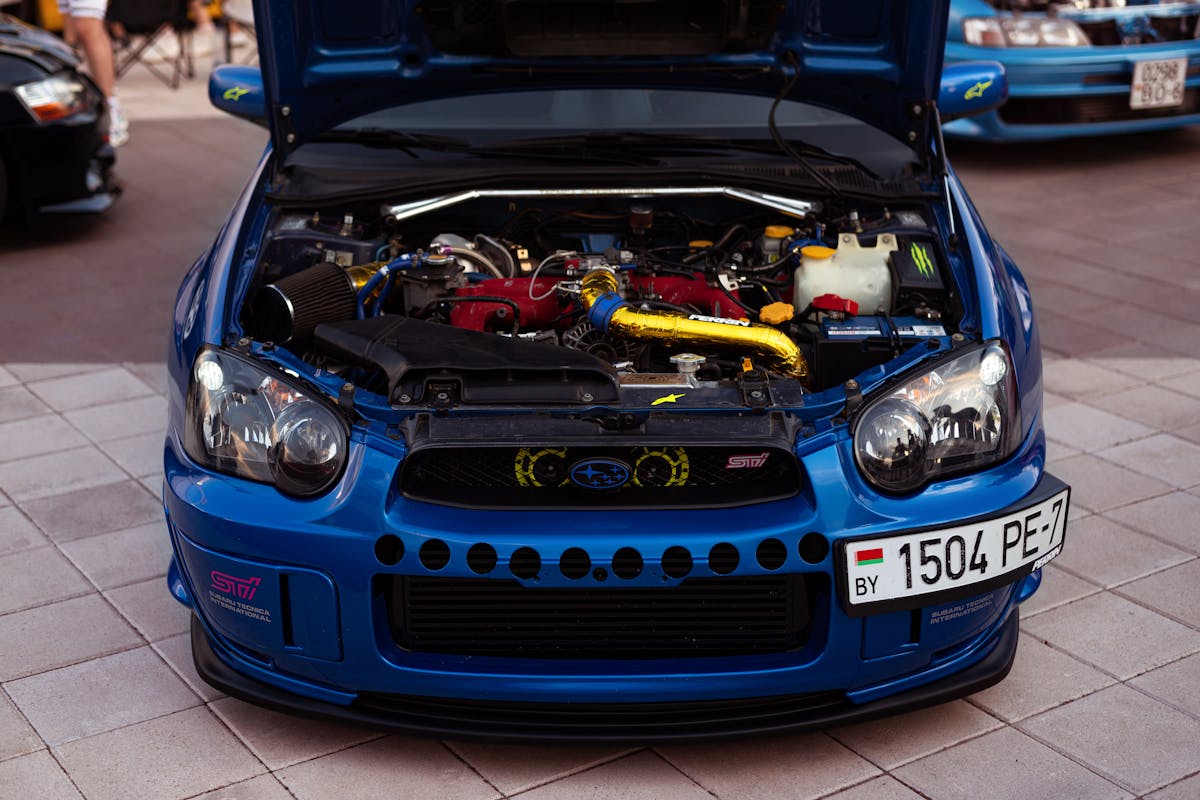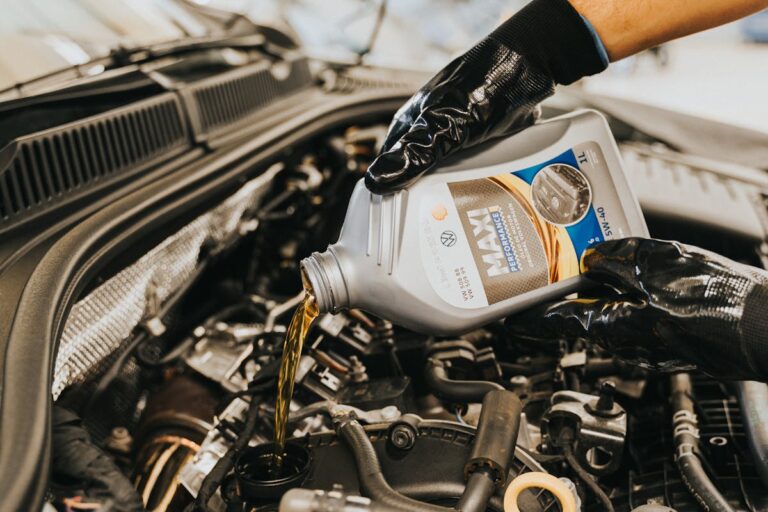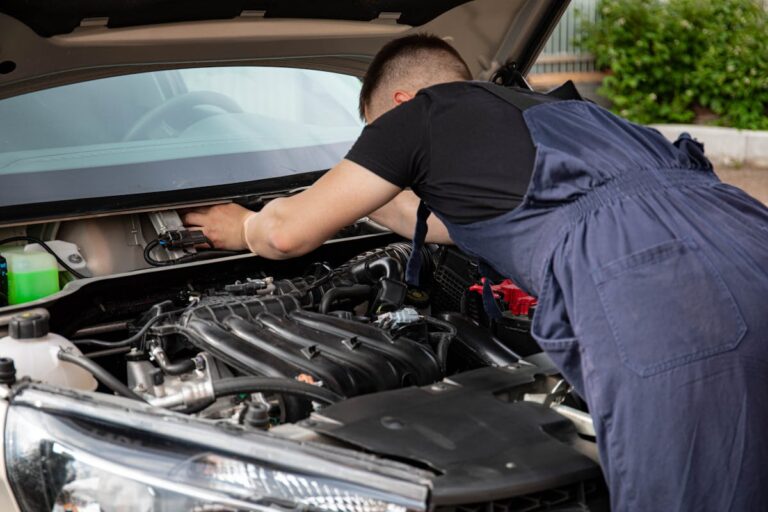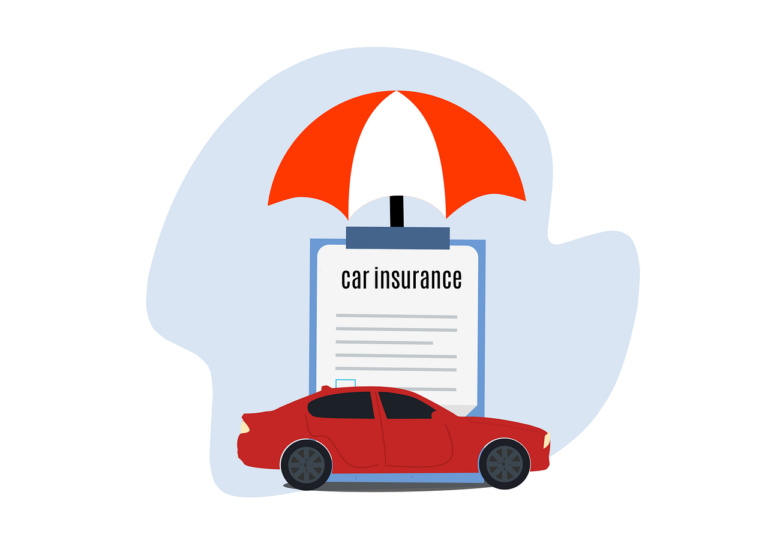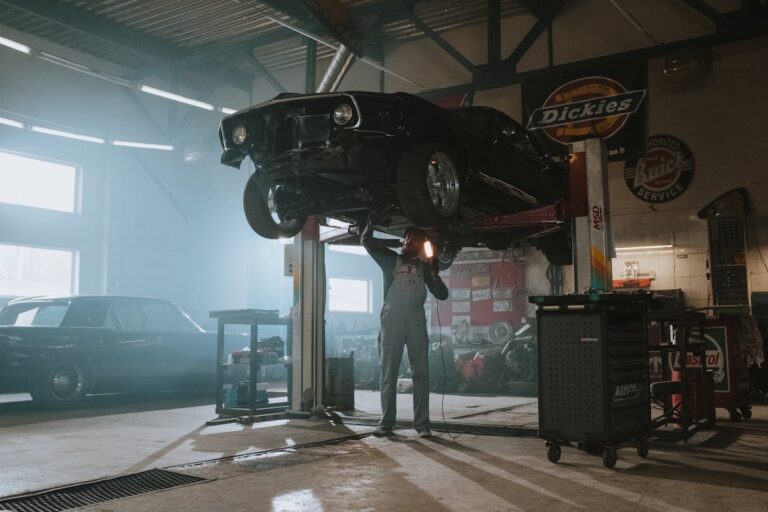Can You Drive a Car Without a Water Pump?
No—you really shouldn’t drive a car without a working water pump. This small but essential part keeps your engine from overheating by moving coolant through the system. Without it, your engine can get dangerously hot in just minutes, leading to serious (and expensive) damage. Even if your car technically starts and runs, driving without a water pump puts your engine at high risk. Let’s break down why this part is so important—and what could happen if you try to drive without it.
What Does the Water Pump Do?
Your car’s water pump is one of those parts you don’t think about—until it stops working. But it’s actually a key player in keeping your engine healthy. The water pump moves coolant through the engine and radiator, helping carry heat away so things don’t get too hot under the hood.
Think of it as the heart of your car’s cooling system. It pushes coolant through the engine block to absorb heat, then sends that hot coolant to the radiator where it cools off before starting the cycle again. This constant loop keeps your engine running at a safe temperature, especially during long drives or hot weather.
If the water pump stops doing its job, the coolant stops moving—and the engine starts overheating fast. That can lead to warped parts, blown head gaskets, or even a completely ruined engine. In short, the water pump may be small, but it’s doing a big job behind the scenes every time you drive.
What Happens If the Water Pump Fails?
When your water pump stops working, your engine loses one of its most important lifelines—cooling. The coolant stops circulating, and the engine starts heating up fast. Without a steady flow to carry heat away, temperatures can spike in minutes, especially if you’re driving in traffic or on a warm day.
This kind of overheating isn’t just a warning light situation—it can seriously wreck your engine. We’re talking warped metal parts, cracked cylinder heads, blown head gaskets, or even total engine failure. And once that damage is done, repairs can cost thousands.
In short, a failed water pump doesn’t just leave you stranded—it could mean the end of your engine if it’s not handled right away.
Signs of a Failing Water Pump
Catching a bad water pump early can save your engine—and your wallet. Thankfully, there are a few clear signs that something’s going wrong before your engine overheats.
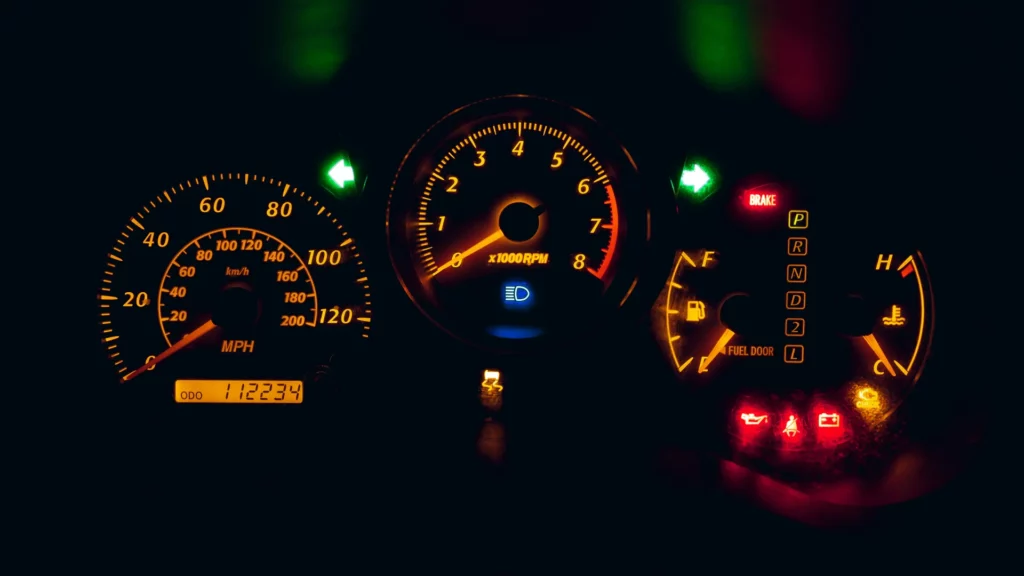
Here’s what to watch for:
- High Temperature Gauge: If your dashboard temp needle starts creeping into the red, that’s a big clue the coolant isn’t flowing like it should.
- Coolant Leaks: Spot a puddle under your car that’s green, orange, or pink? That might be coolant leaking from a cracked pump or worn-out seal.
- Whining or Grinding Sounds: A high-pitched whine or grinding noise—especially when you rev the engine—can point to a loose or damaged water pump pulley or belt.
- Steam from Under the Hood: If you see steam while you’re driving or right after you stop, your engine is overheating—get it checked immediately.
- Weird Smells: A sweet smell (like maple syrup) coming from your vents or under the hood often means leaking coolant.
Real Story: When It’s Not Just the Alternator
A friend of mine recently had this exact situation happen in his older Toyota. After a mechanic replaced his alternator, he got back on the road—only to see the battery warning light pop up again after half a mile. He figured the alternator was still the issue. But the real problem? The belt that drives the alternator had snapped. What he didn’t know was that in his car, that same belt also powers the water pump.
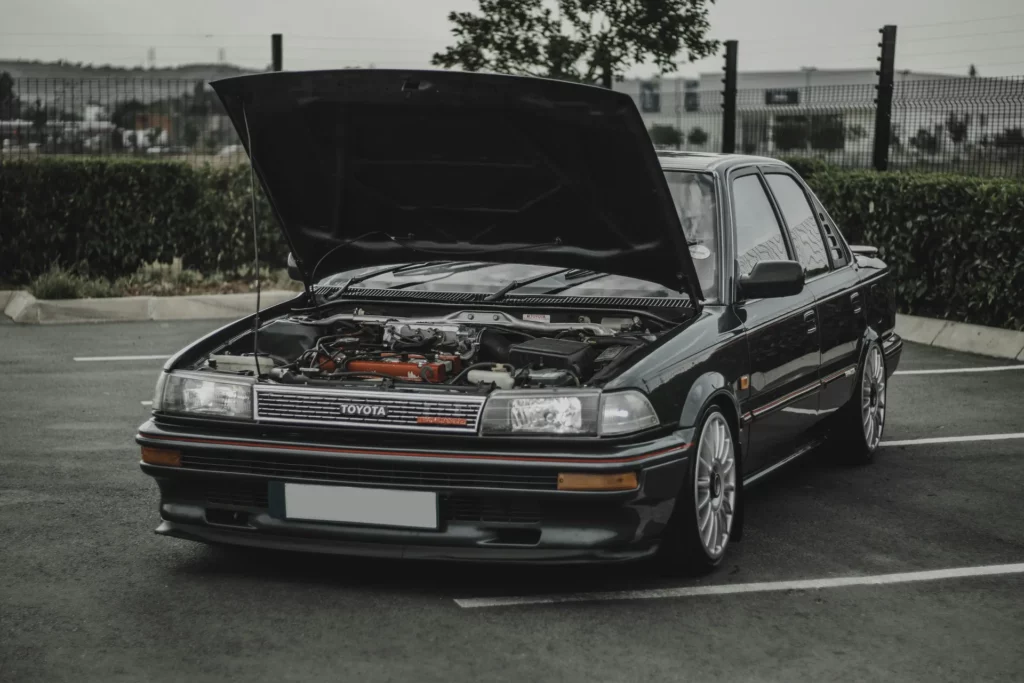
Without that belt, the alternator stopped charging—and the water pump stopped circulating coolant. The temperature gauge eventually shot into the red, but he didn’t notice until he heard a loud whistling sound—steam escaping from the overheated engine. That whistling? It’s another sign that your cooling system isn’t working right.
He pulled over, turned the engine off, waited for it to cool, and then carefully made his way back to the shop while watching the temperature. Thankfully, he avoided serious damage, but it could’ve ended a lot worse. Driving with a failed cooling system, even for a short distance, is risky and not recommended.

What to Do If Your Water Pump Fails
What to Do If Your Water Pump Fails
If your water pump fails while you’re driving, the most important thing you can do is stay calm and act fast. Overheating can ruin your engine in just a few minutes, so time matters.
Here’s what to do:
- Pull Over Immediately: As soon as you notice your temperature gauge rising, steam coming from under the hood, or strange noises, get to a safe place and turn off the engine. Letting it run—even for another mile—can do serious damage.
- Don’t Open the Hood Right Away: Your engine is extremely hot, and opening the hood too soon can expose you to scalding steam or hot coolant. Give it 15–30 minutes to cool down before inspecting anything.
- Check for Leaks or a Broken Belt: If you feel comfortable, look for visible signs of damage once the engine has cooled. A snapped belt, puddle of coolant, or obvious leak can help confirm the water pump is the issue. But don’t try to fix anything yourself unless you really know what you’re doing.
- Call for a Tow: It’s tempting to “just drive a little further,” especially if you’re close to home or the repair shop. But driving without proper cooling—even a short distance—can turn a minor fix into a major repair. Get your vehicle towed to avoid risking more damage.
- Get a Proper Diagnosis: Once your car is at the shop, have the mechanic confirm whether the water pump failed or if it’s another issue (like a broken belt or low coolant). The symptoms are often similar.
Quick Tip:
If your engine does overheat, don’t just refill the coolant and keep driving. That’s a temporary band-aid, not a fix—and it could lead to a much bigger problem down the road.
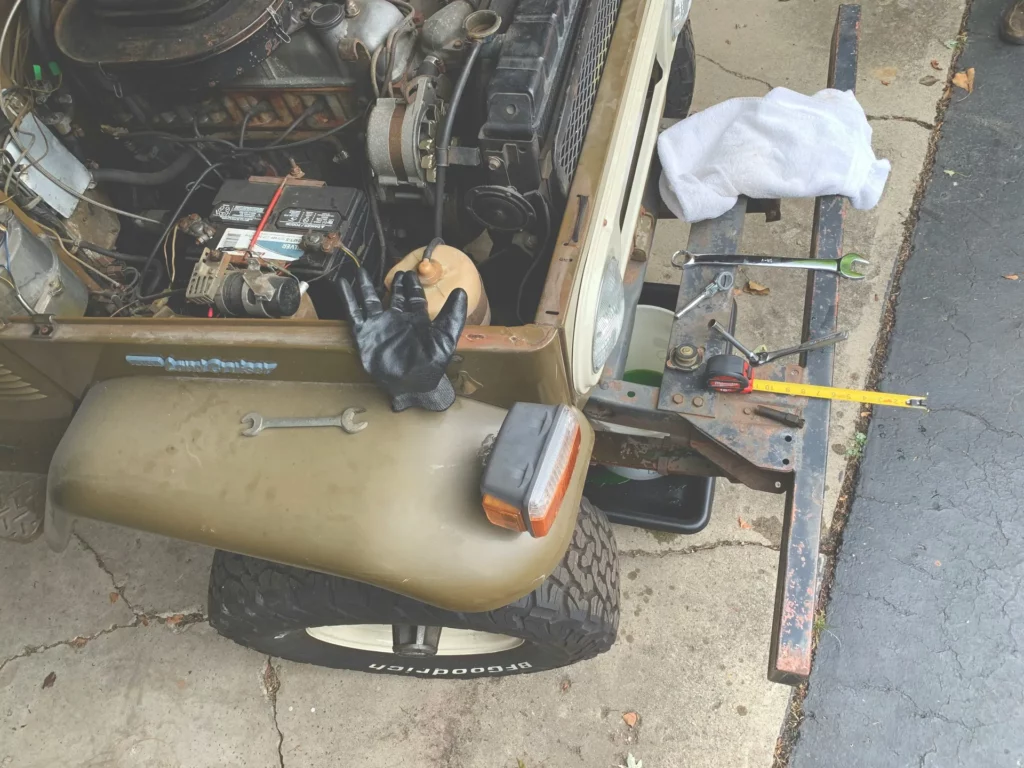
How Much Does It Cost to Replace a Water Pump?
Water pump replacement isn’t the cheapest fix, but it’s way less expensive than a full engine rebuild. On average, you can expect to pay between $300 and $750, including parts and labor. The price depends on your car’s make and model—some engines are easier to work on than others.
If your water pump is driven by the timing belt, you might be advised to replace both at the same time since they share labor costs. That can bump the total a bit higher, but it’s often more cost-effective in the long run.
Waiting too long and driving with a failed water pump could turn a $500 repair into several thousand dollars of engine work—so it’s best not to delay.
Preventive Maintenance for Water Pump
The best way to avoid water pump problems is to stay on top of your vehicle’s routine maintenance. A few simple checks can go a long way toward keeping your engine cool and running properly:
- Flush the coolant system every 30,000–60,000 miles (or as recommended by your car’s manual). Old coolant can corrode the pump or clog the system.
- Keep an eye on coolant levels. If the fluid keeps running low, you could have a slow leak—possibly from the pump or radiator.
- Check the drive belt. If it’s cracked, fraying, or loose, it can slip or break and stop the pump from working, even if the pump itself is fine.
- Watch your temperature gauge. If it’s climbing higher than usual or fluctuating, it might signal a cooling issue worth checking out.
- Don’t forget the thermostat. It’s a small and inexpensive part that controls when coolant flows through the engine. If it sticks shut, it can cause overheating—even if your water pump is in perfect shape. Replacing it as part of regular cooling system service is a smart move.
Your cooling system is only as strong as its weakest part. Keeping everything in good shape—including the thermostat—helps your water pump do its job and protects your engine from costly damage.
Frequently Asked Questions
What Is the Average Cost of Replacing a Cars Water Pump?
The average cost of replacing a car’s water pump varies considerably based on water pump types and vehicle make. Including labor, prices typically range from $300 to $750, with regular water pump maintenance potentially prolonging replacement needs.
How Long Does a Water Pump Typically Last in a Car?
Typically, a car’s water pump lifespan ranges between 60,000 and 90,000 miles. However, factors such as vehicle make and model, driving conditions, and maintenance can affect its longevity. Signs of failure include overheating and coolant leaks.
Are There Special Tools Needed to Replace a Cars Water Pump?
Special tools are not generally needed to replace a car’s water pump. However, knowledge of different water pump types and the replacement process is essential. Typical tools include a wrench, pliers, and a screwdriver.
Can a Faulty Water Pump Affect Fuel Efficiency?
Yes, a faulty water pump can indeed affect fuel efficiency. It can cause the engine temperature to rise, leading to poor combustion performance, and thereby, negatively impacting the vehicle’s overall fuel economy.
Is the Water Pump Covered Under a Cars Warranty?
The coverage of a water pump under a car’s warranty varies. Some manufacturers include it in the powertrain warranty, while others don’t. Always refer to your specific warranty details to confirm the inclusion of water pump warranty.
